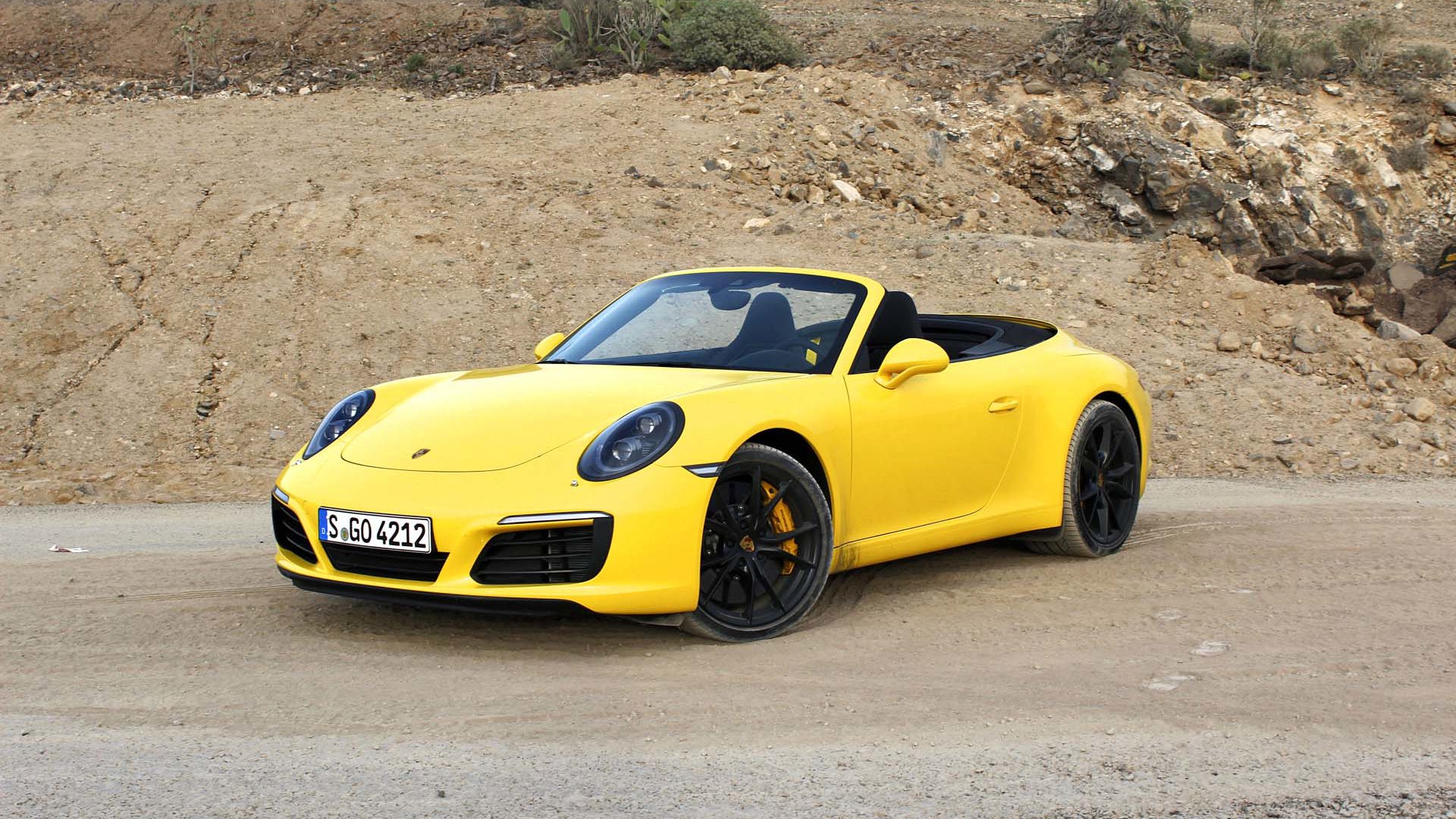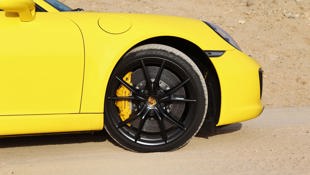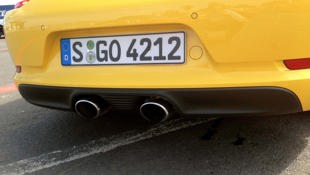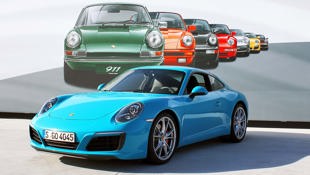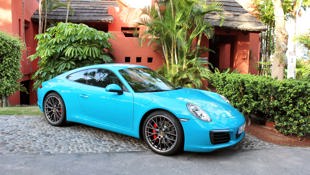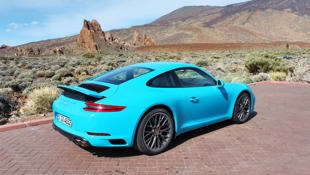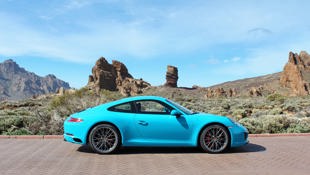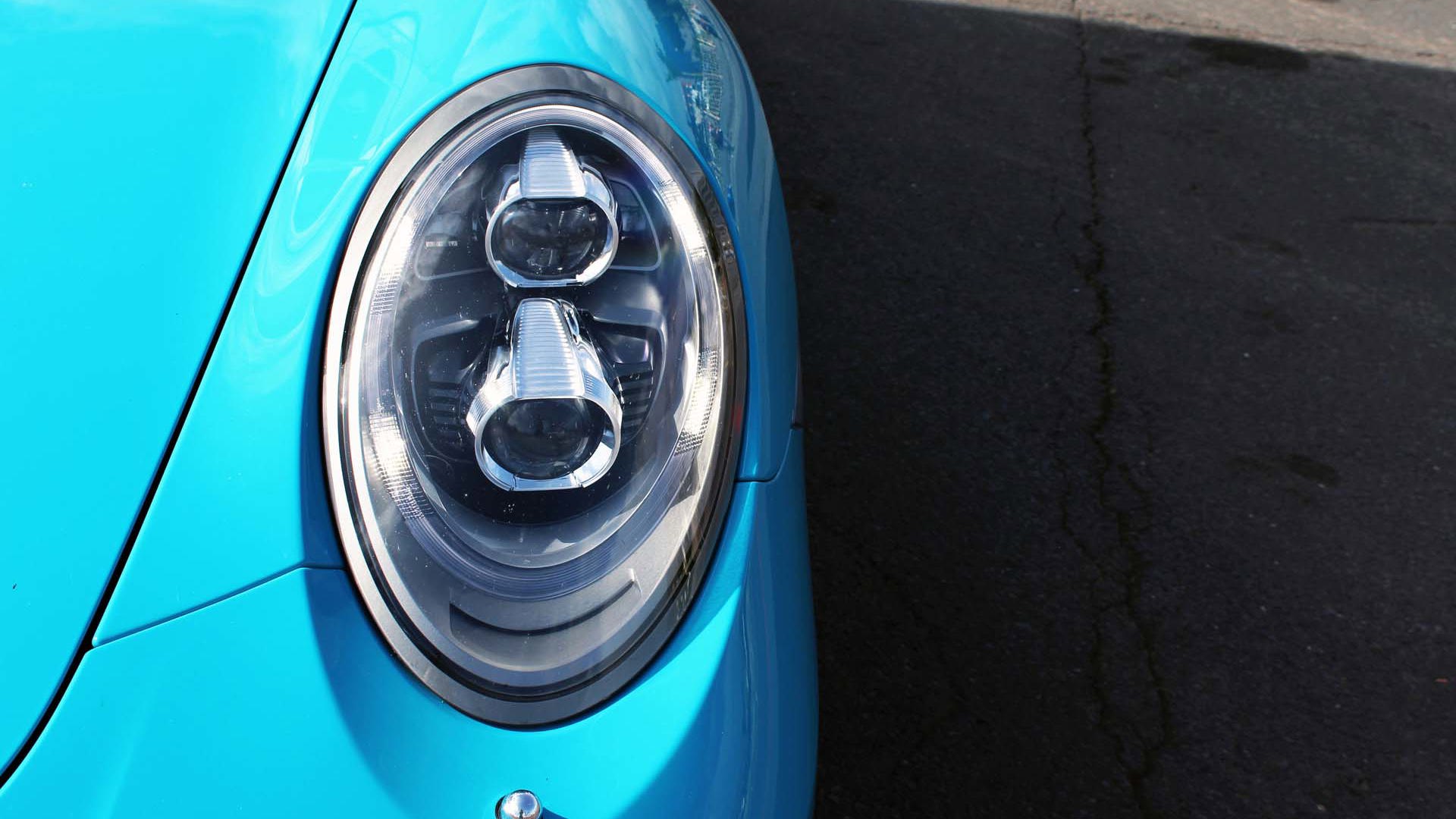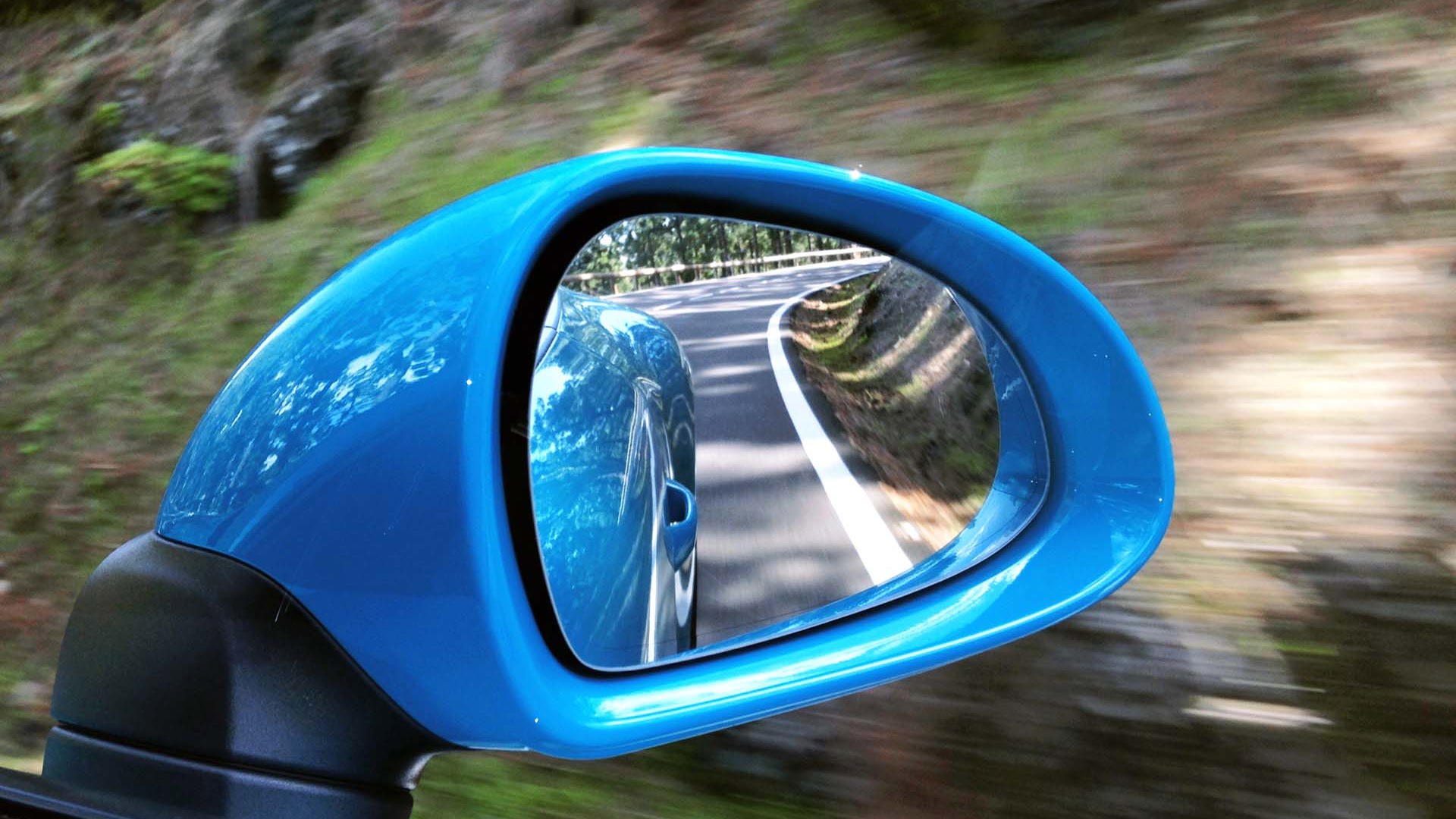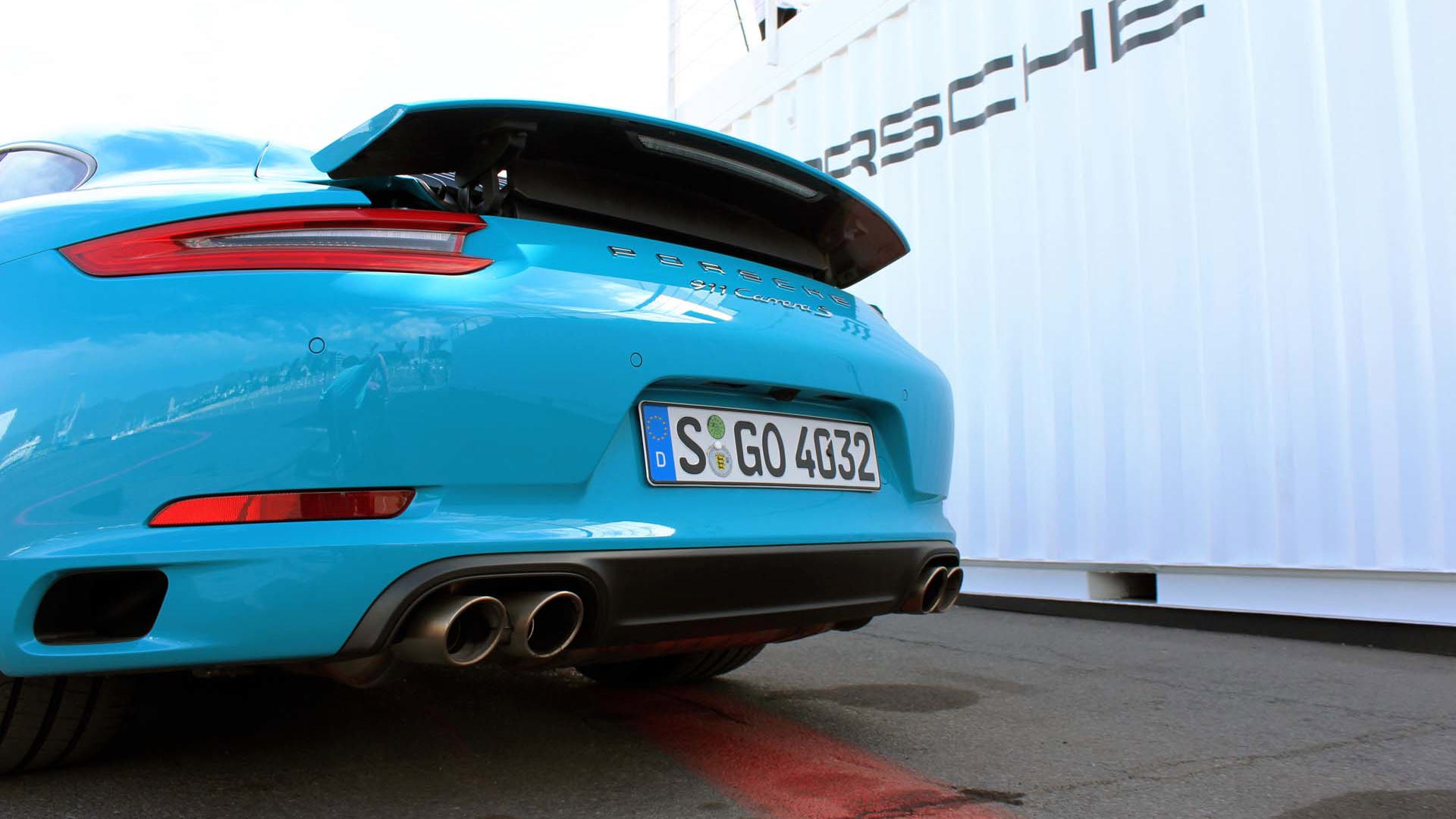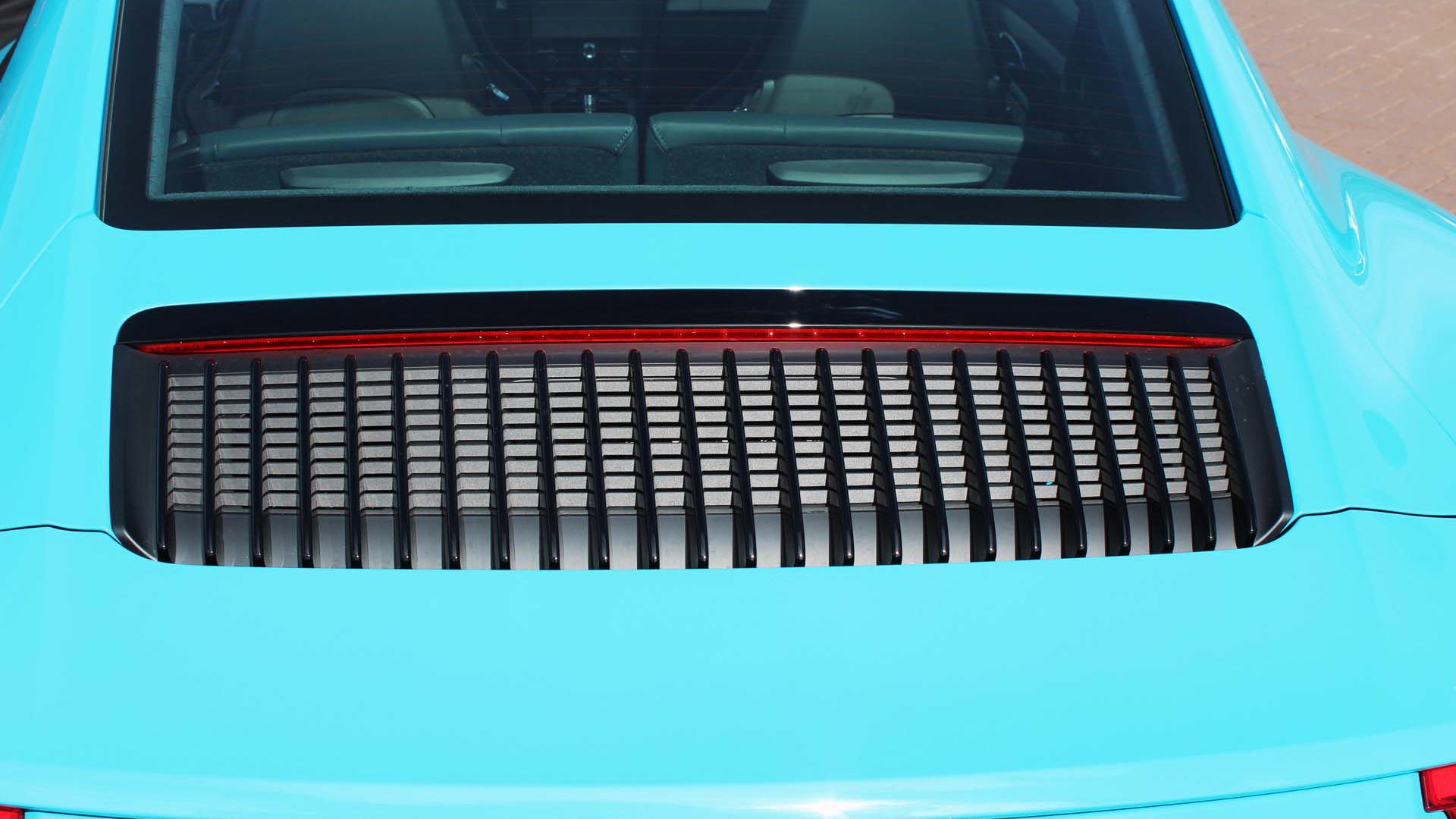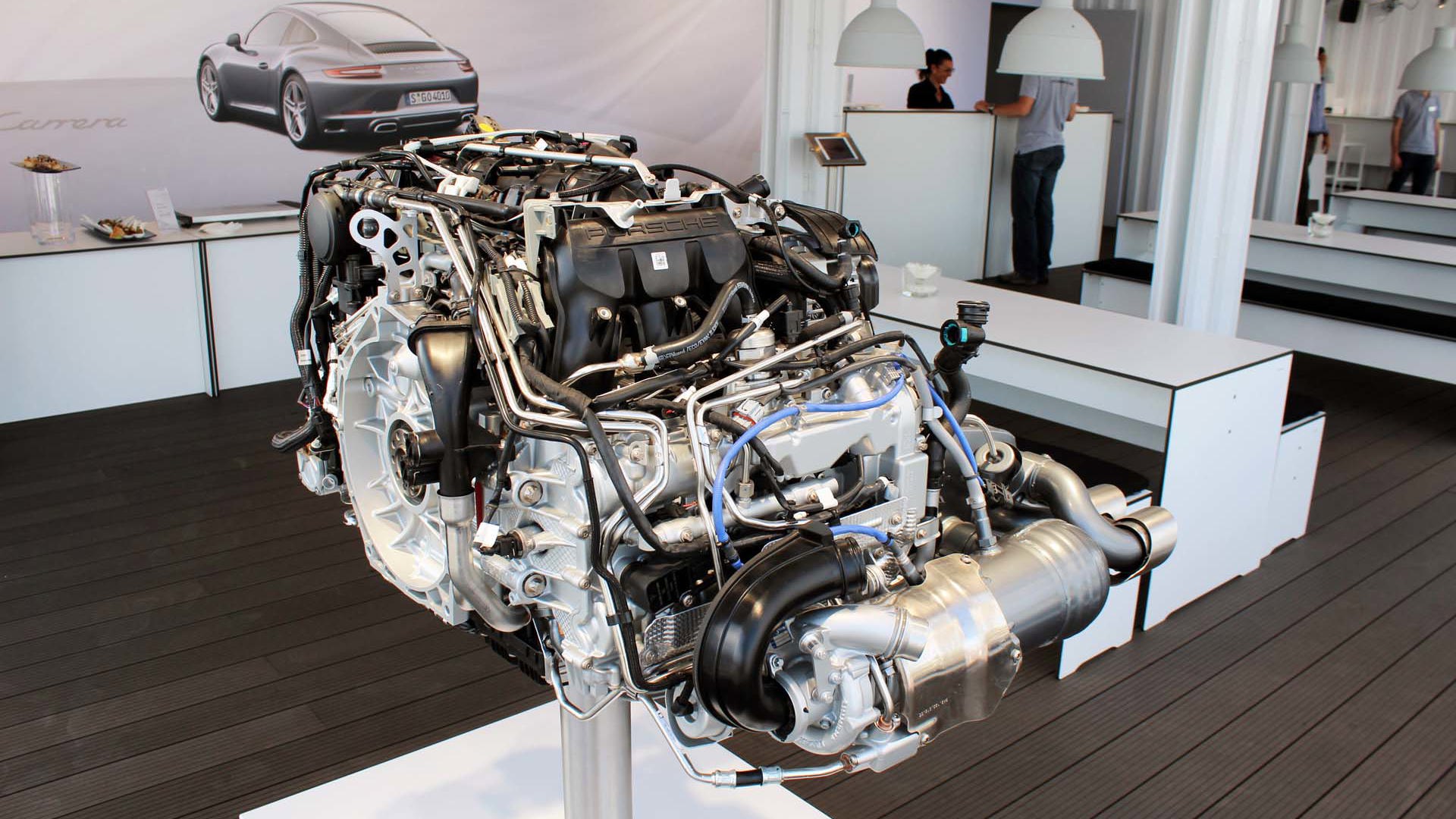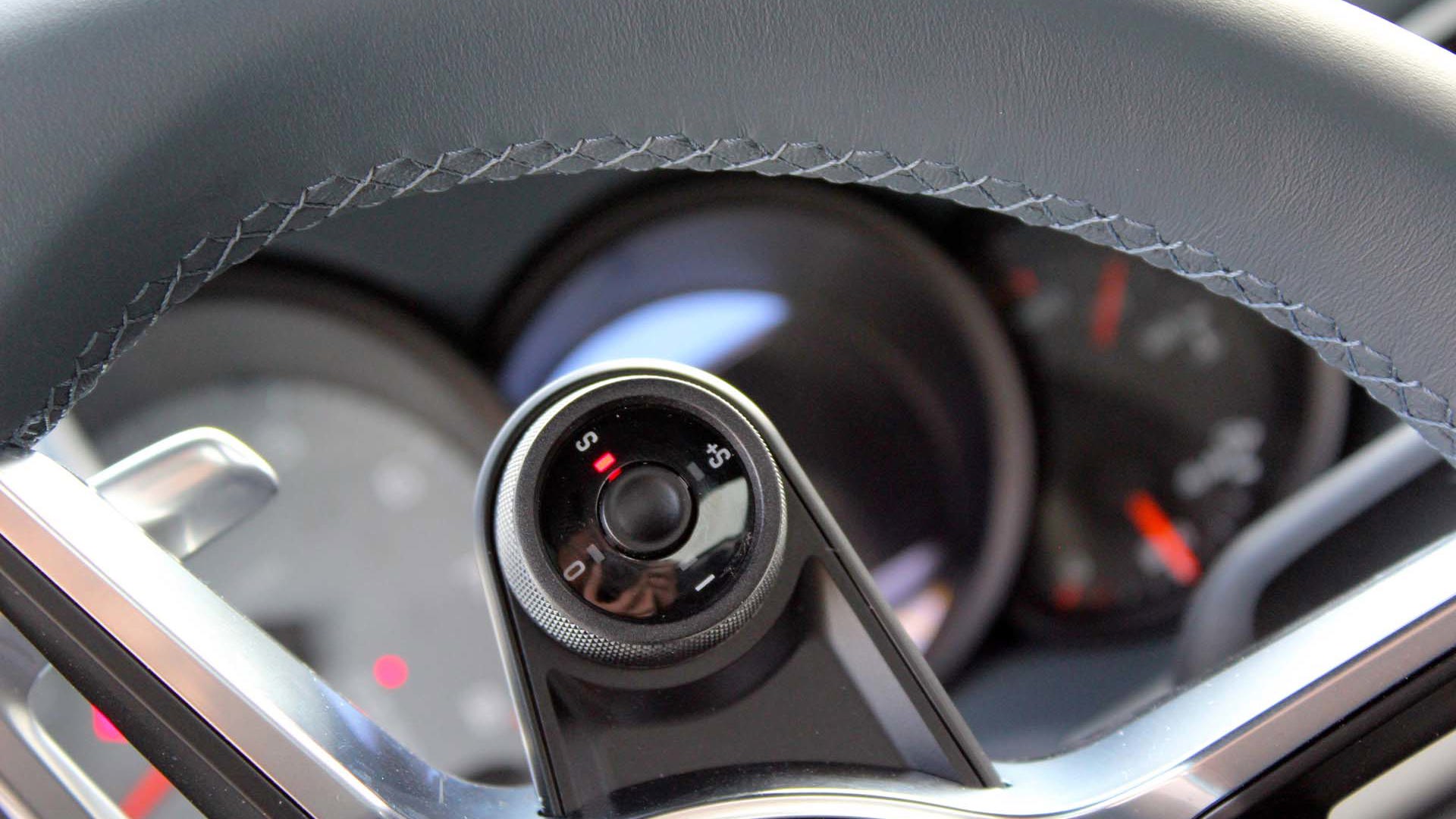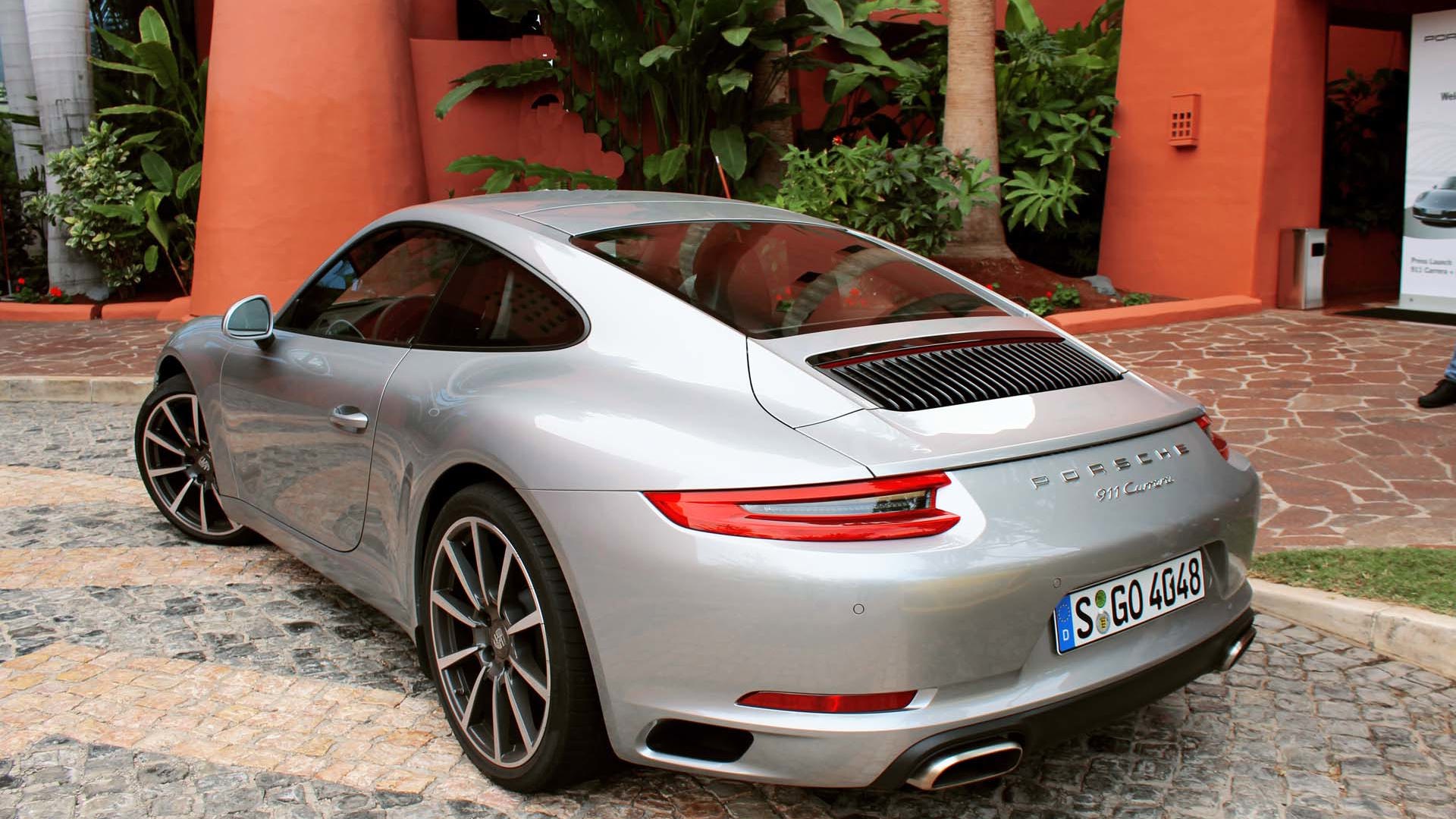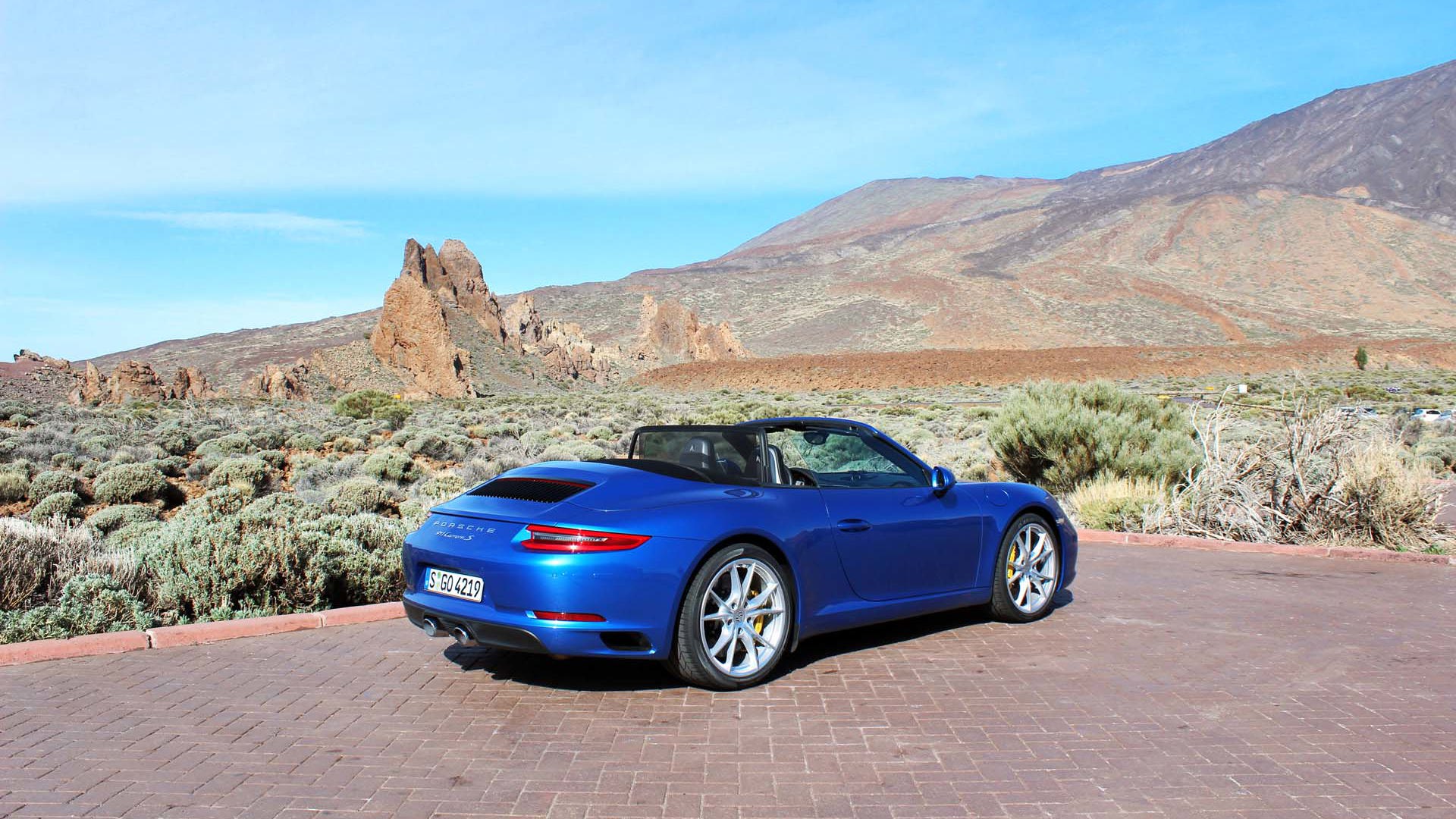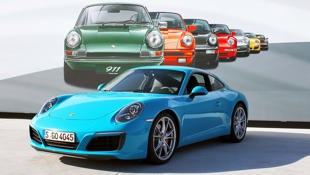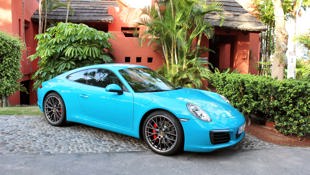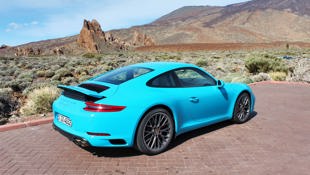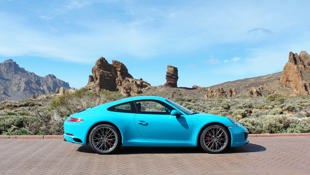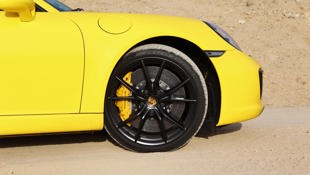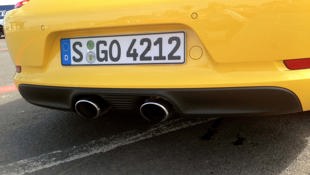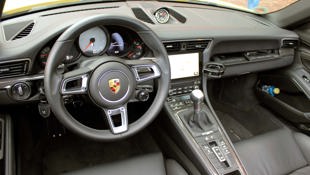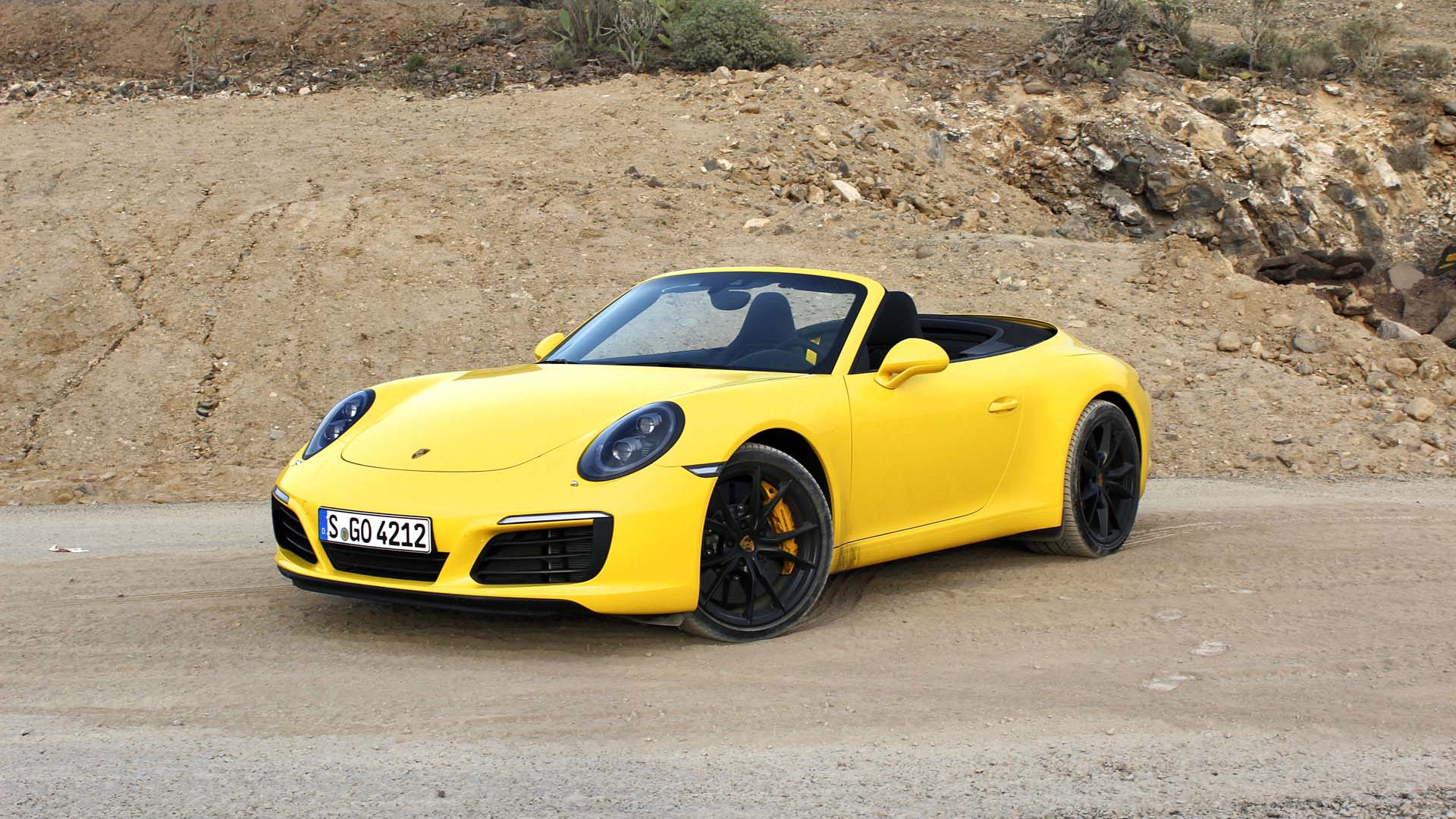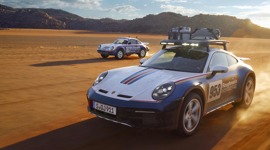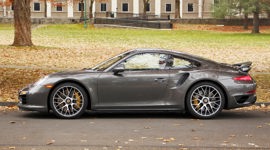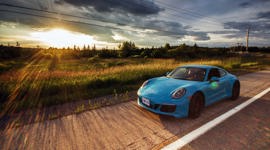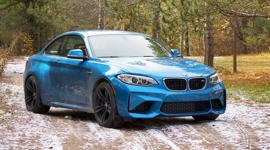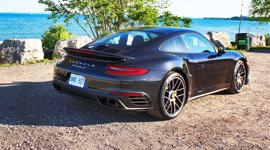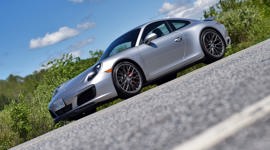Tenerife, Canary Islands – Yep, this is a big deal.
To clarify, all new Porsche 911s (with the exception of the GT3) are now turbocharged.
The legend. The icon. The world’s most famous sports car. The backbone on which Porsche has built a dynasty. The car whose trio of digits line up with those you dial when someone falls off a ladder. We’re speaking of the Porsche 911, and it no longer draws its own breath.
Hang on. That sounds a bit melodramatic.
To clarify, all new Porsche 911s (with the exception of the GT3) are now turbocharged. Air is forced into the cylinders by a pair of exhaust-gas driven turbines. It’s the times we are living in. With ever more stringent emission and fuel economy targets looming, automakers are going to smaller displacement, force-fed engines. So the 911, which has been all but defined by its rev-hungry naturally-aspirated flat-six engines, now tows the line as of this mid-cycle makeover of the seventh generation 911 (code number 991), a car that broke cover as a 2012 model.
Both the Carrera and Carrera S share a 3.0L twin-turbo six, down from the 3.4L and 3.8L in the outgoing models. Naturally, the S has a higher state of tune. By the numbers, power is up 20 horses for each car (now 370 and 420) and torque increases by 44 lb-ft and 43 lb-ft respectively (to 331 lb-ft and 368 lb-ft). Granted, not huge numbers, but it’s all about how that torque is delivered. The naturally aspirated engines had to spin well north of 5,000 rpm to find the grunt – now it’s on board from 1,700-5,000 rpm.
We are here in the Canary Islands to see what Porsche hath wrought. Yes, there’s been plenty of hand wringing. Just like when the 911 went from air-cooled to water-cooled in 1997, and when its steering switched from hydraulic to electric in 2012. Seems we all survived, as did the 911. Once the fuss died down everyone just went on with driving, and darned if the Porsche 911 didn’t keep weaving its magic.
But are we saying goodbye to the hair raising howl of those naturally-aspirated engines, their escalating power curve and deadly accurate throttle response that allowed one to mete out the power one horse at a time?
I’m strapped into a 2017 Carrera S (starting price $118,200) in striking Miami Blue. Hanging out beyond the rear axle is the all-new 420-hp bi-turbo 3.0L flat six. While an improved 7-speed manual tranny is standard kit, this one is fitted with the $3,660 7-speed PDK dual-clutch gearbox. Having recently spent a week in a 2015 911 GTS with its naturally-aspirated spinner making 430 hp and 324.5 lb-ft at a lofty 5,750 rpm, those electrifying runs up through the gears still echo in the old cranium.
More to read: One More than 10 Puts the Singer 911s on Your Coffee Table
Winding mountain roads are beckoning. First impressions: this S is bloody fast, the now standard and revised PASM adaptive damping files the rough edges off the ride, the front end feels more planted, handling more secure, and the turbo-motor’s midrange punch transforms the character of the car. Yes, you can take it to the 7,500 rpm redline in each gear if you want, as the 3.0L is very happy to do so, but it’s not necessary.
My blue Porker is also armed with the optional rear axle steering ($2,390) adopted from the 911 Turbo and GT3. It lasers from bend to bend with unflappable poise and new-found refinement.
But isn’t this exhaust note a tad too polite? Ah, this tester does not have the optional $3,370 Sport Exhaust System. You’ll be wanting that. It broadcasts a popping, crackling, blaring repertoire that puts to rest any worries of those turbos damping the aural experience. Carreras with Sport Exhaust have a pair of round exhaust tips jutting out from below the number plate.
The 2017 911’s interior looks familiar, but quality is up. Centre-dash we see the new standard Porsche Communication Management System interface screen with navi, pinch, scroll and swipe functions. I didn’t spend a lot of time with it (a bit busy driving…), but PCM appears vastly more user and smart phone friendly.
The steering wheel is inspired by the 918 supercar’s, and at about four o’clock is the new rotary drive mode selector with Normal, Sport, Sport+ (if equipped with the Sports Chono package) and Individual, which allows you to tailor your own dynamic cocktail. Additionally, press the centre “Sport Response Button” in any mode and you get 20 seconds of full acceleration for quick passing maneuvers, etc. This gizmo works a treat – much easier than poking away at the myriad console buttons of the outgoing 911.
There are a few visual changes to the 2017 911. Both the rear and front fascia have cleaner designs, the latter with active air shutters that close at 15 km/h, and only open when necessary. The engine cover vents now run north/south and feed a pair of intercoolers, somehow crammed into those rear haunches. The S models get standard 20-inch running stock, and as mentioned before, all Carreras now arrive with revised adaptive damping and sit 10mm closer to the earth.
The rear spoiler normally deploys at 120 km or when launch mode is activated, but will also rise if the engine needs more cooling, as it allows more air into the engine bay.
By the numbers, the new Carrera S with PDK is quicker than the old model by 0.2 seconds to 100 km/h (3.9 sec vs 4.1 sec). It also shaves a full 10 seconds off the Nurburgring Nordschleife lap time, posting 7 min and 30 seconds.
Next up is a 370 hp base Carrera (starting $102,200) with PDK. While the outgoing 3.4L Carrera with its 350 high-strung horses could feel tad soft until the tach needle swung hard right, this turbocharged 2017 Carrera does not give up much in the way of perceived speed to bigger-brother S. There’s no yawning performance gap here as before. This car is damned fast too.
My fave of the day was a screamin’ yellow Carrera S Cabriolet (from $132,200) sporting the seven-speed manual transmission and armed to the teeth with ceramic brakes ($9,730), rear axle steering ($2,390) and a $4,630 package that adds active anti-roll bars and 20mm lower PASM Sports Suspension. With top down and the Sport Exhaust blaring, the cab was absolutely nailed to the road for an evening run up the mountain. The revised clutch and shift action are brilliant - pedals placed just right for heel and toe action.
Of course, the other side of the 2017 911 equation is improved efficiency (up to 12 percent), as all Carreras are equipped lower rolling resistance tires, active grill shutters, auto start/stop and a more aggressive “sailing” function that decouples the engine and has it resting at idle when coasting. The car is more relaxed at speed too, whether you’re tearing up a back road or cruising the motorway. With a smoother ride, longer-legged top gear and available mid-range punch, the 2017 Carrera’s grand touring cred takes a quantum leap.
So, to the verdict. Has Porsche’s push for more civility and economy in the 911 compromised the pure essence of this legendary sports car? Indeed, it’s not as raw or feral, and the throttle response may not be quite as Heinkl sharp. There will be those who argue this is the whole point of the 911. For me, I tip my hat to Porsche. There were no thoughts of compromise as I ran up the mountain road in the bright yellow, and yes, brilliant Carrera S Cab. Welcome to a new era of 911.
Pricing: 2017 Porsche 911
2017 Porsche 911 Carrera: $102,200
2017 Porsche 911 Carrera S: $118,200
2017 Porsche 911 Carrera Cabriolet: $116,200
2017 Porsche 911 Carrera S Cabriolet: $132,200
2017 Porsche 911 Carrera 4: $110,100
2017 Porsche 911 Carrera 4S: $126,100
2017 Porsche 911 Carrera 4 Cabriolet: $124,100
2017 Porsche 911 Carrera 4S Cabriolet: $140,100
2017 Porsche 911 Targa 4: $124,100
2017 Porsche 911 Targa 4S: $140,100
